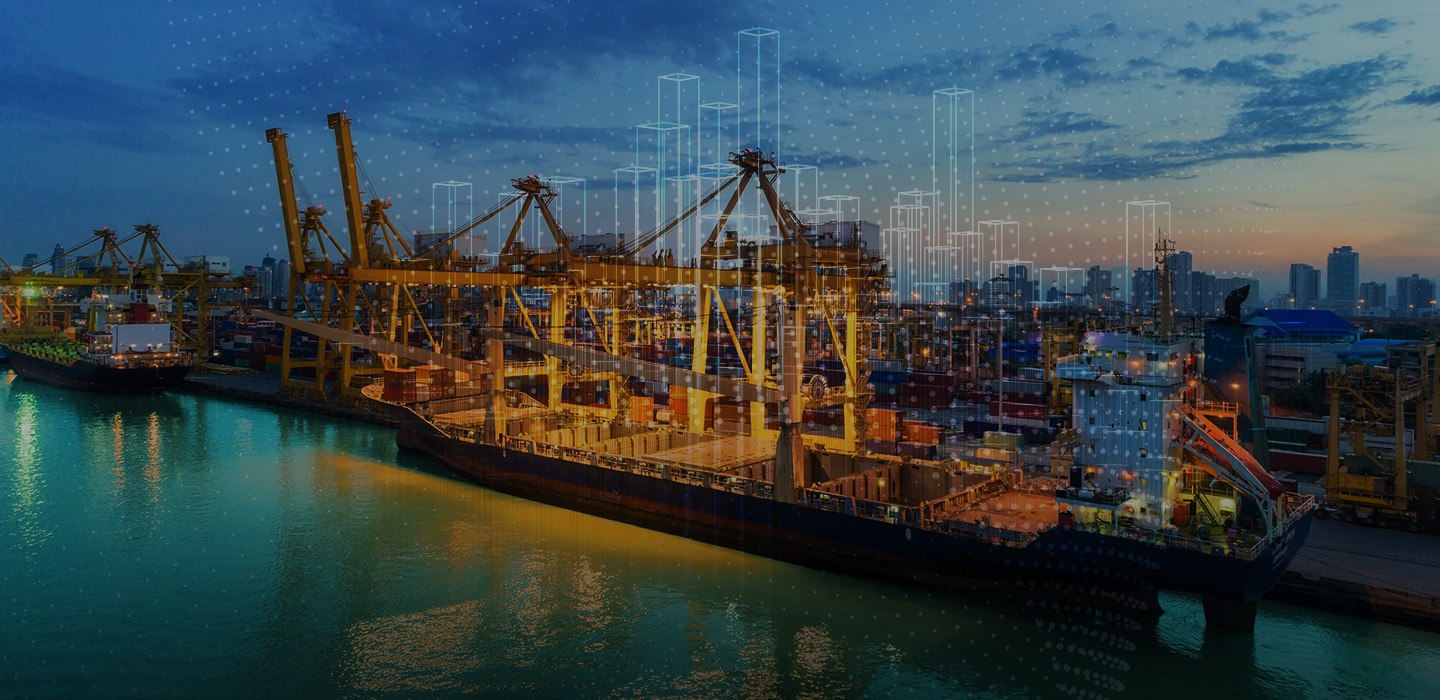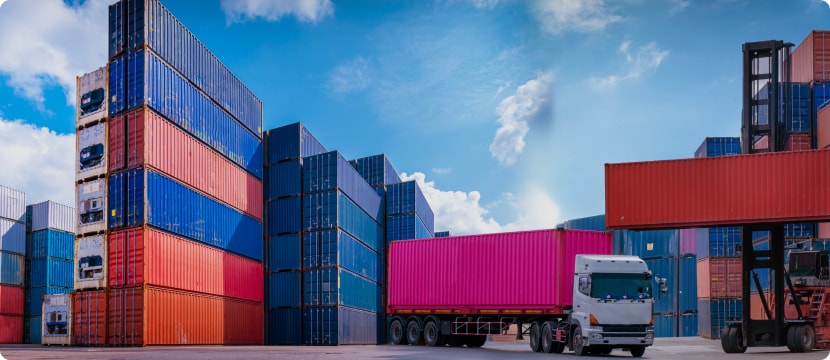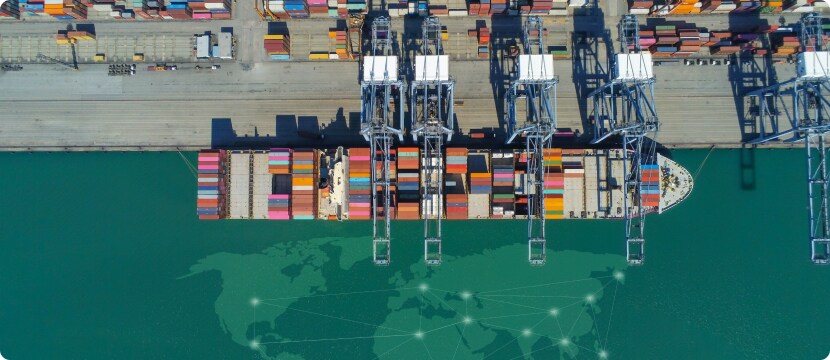

The cracks in our current supply chains are showing with disruptive delays and product traceability. Yet, with AI as our compass, we’re witnessing a radical shift, where supply chains are smarter and more proactive than ever. Embracing a unified platform approach is key, urging businesses to lead this transformation.
In the vast network of global commerce, supply chains stand at the very core of business operations. The recent unsettling revelation of a £1.9 billion loss for UK SMEs1, primarily due to supply chain delays, paints a stark picture of the fragility of our current systems. With sectors like wholesale, retail, and franchising facing substantial hits, there’s an unmistakable realization: Our age-old supply chain paradigms are ill-equipped2 to tackle today’s challenges, let alone the unknown complexities of tomorrow.
It’s about time we shed light on the hurdles and understand the course forward.

The Complex Web of Supply Chain Challenges
In today’s intricate business landscape, supply chains are the links in the intricate webs of interdependence and opportunity. However, the intricacy brings forth its set of challenges.
Operational costs are spiraling due to unforeseen delays, putting a dent in profitability. These delays cascade, causing disruptions that ripple through project timelines, jeopardizing client trust and potential business deals. Beyond this, the ability to trace products across the supply chain remains a critical concern3, with limited visibility leading to costly recalls and reputational damage.
Mars UK had a significant problem with product traceability due to its supply chain’s limited visibility. This lack of transparency manifested in frequent and costly product recalls. When a company cannot efficiently trace its products throughout the supply chain, any issues with product quality or safety can lead to large-scale recalls. These recalls not only have financial implications but can also damage the company’s reputation.
The root of the problem was data siloes. Without a unified, comprehensive view of product movement, Mars was struggling to trace products swiftly and efficiently.
To provide a specific measure of the extent of the challenge: the process of traceability for Mars took them 4 days. That’s a substantial amount of time, especially in situations where rapid response is crucial, such as in the case of defective or unsafe products that need to be recalled from the market promptly.

From Patchwork to Radical Reinvention
But where do we go from here? The solution is more profound than a mere patchwork of existing methodologies. The answer isn’t merely about fixing a broken system. It’s about revolutionizing the way we perceive, interact with, and utilize supply chains.
This isn’t just about damage control; it’s about reinvention.
Real-world successes amplify the potential of this approach. Take Mars, for instance. Once bogged down by product traceability that took days, they harnessed the power of AI-infused platforms and witnessed a dramatic reduction in traceability time to just two hours. Similarly, another global consumer goods conglomerate, once plagued by fragmented data, capitalized on modern supply chain solutions to connect with 2300+ partners across 35 nations. This new clarity, combined with expedited onboarding and precise data submissions, led to a massive 90% reduction in data acquisition efforts and an impressive leap in SKU mapping coverage.
These aren’t just case studies—they’re testaments to a transformative shift, and a new approach stands at the epicenter of this transformation.
A Unified Platform Approach: Rethinking, Redefining, Revolutionizing Supply Chains
But what sets this approach apart? Imagine having a bird’s eye view of your entire distribution network in real-time — that’s the channel visibility a platform-based solution offers. A system that melds the power of AI with operational intricacies, offering unparalleled visibility and predictive analytics. A platform that dives deep, sensing demand nuances before they become apparent. A swift partner onboarding system, a compliance dashboard that streamlines regulatory adherence, and promotional tools that amplify marketing campaigns, all in one unified platform, make a game-changing for the modern market’s ever-shifting dynamics.
Loved what you read?
Get practical thought leadership articles on AI and Automation delivered to your inbox


Loved what you read?
Get practical thought leadership articles on AI and Automation delivered to your inbox
From Siloed Tracks to Interconnected Supply Networks
And so, as businesses and supply chain professionals, we must ask ourselves: Are we merely participants in this future, or are we the architects? The narratives of tomorrow are being written by the decisions we make today.
Disclaimer Any opinions, findings, and conclusions or recommendations expressed in this material are those of the author(s) and do not necessarily reflect the views of the respective institutions or funding agencies
- https://www.logisticsmanager.com/1-9-billion-lost-in-income-to-smes-in-the-uk-due-to-supply-chain-delays/
- https://www.mckinsey.com/capabilities/operations/our-insights/risk-resilience-and-rebalancing-in-global-value-chains
- https://www.forbes.com/sites/forbesbusinesscouncil/2023/10/18/for-traceability-programs-to-succeed-ceos-should-lead-transformation/?sh=1a3a0b25a9e6
- https://www.mckinsey.com/industries/technology-media-and-telecommunications/our-insights/turning-consumer-and-retail-companies-into-software-driven-innovators



